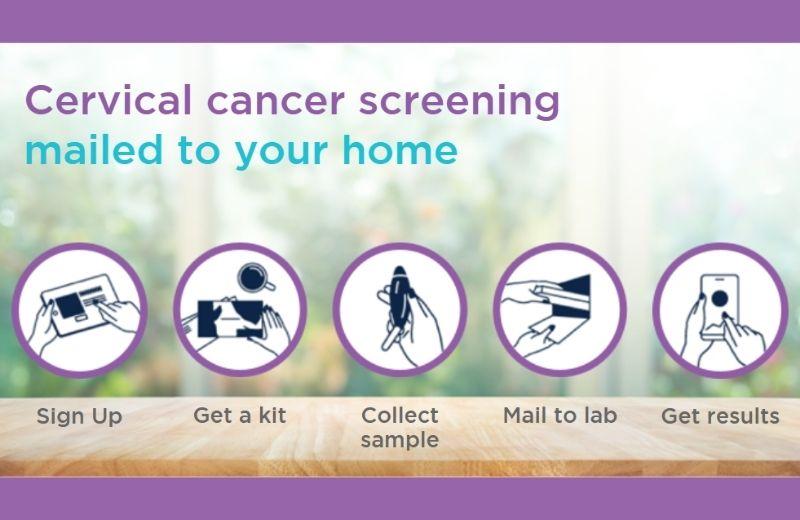Three new pilot projects aimed at making the cervical screening process for Indigenous women and girls more accessible have launched in Northern BC.
Two projects are being conducted in partnership with Carrier Sekani Family Services (CSFS) and First Nations Health Authority (FNHA) and will be in the Northern Interior and Northeastern regions of Northern Health. Individuals requiring cervical screening in these health service delivery areas can pick up kits free-of-cost from community health centres and complete a self-screening at home. The screening kits are then returned to the health centre and patients are contacted by a health care provider with results if they require a follow up.
The third project is in the Northwestern region and is being conducted in partnership with Métis Nation British Columbia (MNBC). To receive a self-screening kit, log onto the CervixCheck website and order a kit which will be mailed to your home. Following self-screening, the kit is mailed back to the health centre and physician follow up occurs if needed.
What is cervical screening?
Cervical screenings, commonly known as Pap tests, can identify a range of health risks and problems including precancerous cells. The BC Guidelines for clinical practice suggest people with a uterus between the ages of 25-69 should get a cervical screening every three years.
Cervical cancer is almost always caused by long term infection by certain types of human papillomavirus (HPV) transmitted during sexual intercourse. The government of Canada estimates more than 70 per cent of sexually active Canadian men and women will have a sexually transmitted HPV infection at some point in their lives.
Alarmingly, Indigenous women are most likely at an even greater risk of developing cervical cancer.
Dr. Sheona Mitchell-Foster, an obstetrician-gynecologist and assistant professor at University of British Columbia’s Northern Medical Program, says a 2017 study by the BC Cancer Agency and FNHA found a 92 per cent higher incidence of cervical cancer among First Nations women in BC compared to non-First Nations women.
Barriers preventing screenings
Intergenerational trauma can play a part in Indigenous women’s reluctance to get screened, like the forced sterilization of Indigenous women which is reported to have happened as late as 20191.
In the North, barriers to cervical screening can also be geographic. Depending on the time of year, the nearest health care centre may be hours away or entirely inaccessible depending on weather and road conditions.
[1] Bartlett, J., & Boyer, Y. (Hosts). (April 2020). Uncovering the Forced and/or Coerced Sterilization of Indigenous Women (No. 9) [Audio Podcast Episode]. In Voices from the Field. National Collaborating Centre for Indigenous Health.














Comments